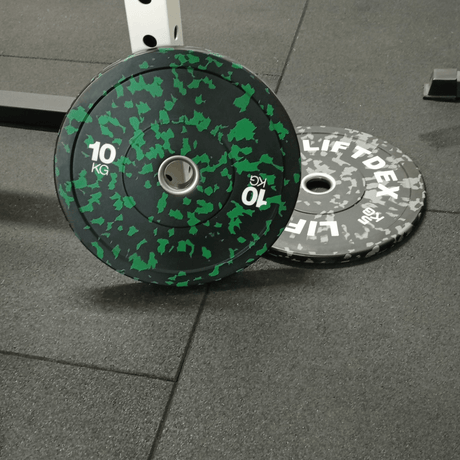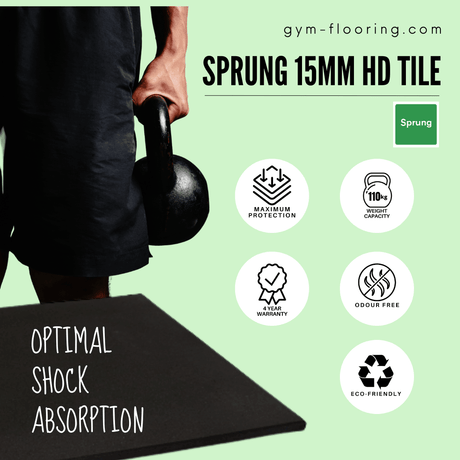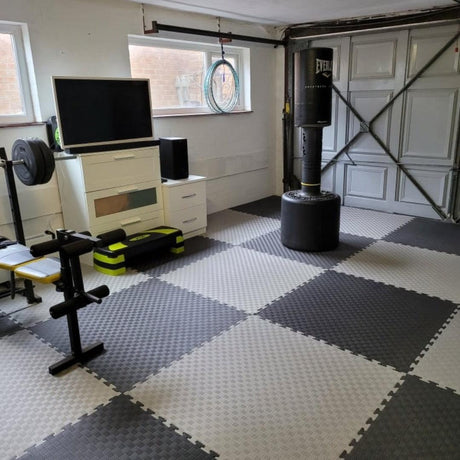Whether you’re a seasoned gym-goer, an enthusiastic runner, or someone who’s just started lifting weights, injuries can quickly derail your fitness goals. But fear not! With a little knowledge and some thoughtful planning, you can reduce your chances of getting injured and bounce back quickly if you do end up on the sidelines.
Let’s dive into some practical tips to keep you moving and thriving.
1. Warm Up Properly

Warming up isn’t just something your PE teacher made you do—it’s a vital part of any workout. A good warm-up gets your blood flowing, increases your range of motion, and preps your muscles for what’s ahead.
What to do:
- Spend 5–10 minutes on light cardio, like jogging or cycling.
- Follow up with dynamic stretches (e.g., leg swings, arm circles, or lunges with a twist).
- If you’re lifting weights, do a few lighter sets before going heavy.
2. Perfect Your Form
When it comes to weight training or even running, technique matters. Poor form not only limits your progress but also puts unnecessary strain on your joints and muscles.
Tips for better form:
- Invest in a session or two with a coach or trainer to learn proper techniques.
- Record yourself performing key movements and compare your form to trusted tutorials.
- Focus on controlled, smooth motions rather than rushing through reps.
3. Listen to Your Body
Feeling a bit of soreness after a tough session is normal, but sharp or persistent pain is a red flag. Ignoring it could lead to serious injuries.
What to look out for:
- Sudden pain during an exercise: Stop immediately.
- Persistent discomfort in joints, ligaments, or tendons: Take a break or consult a professional.
- Fatigue that lingers beyond the usual: You might need a rest day (or two).
4. Don’t Skip the Cool Down

Cooling down helps bring your heart rate back to normal and can reduce post-workout soreness. Yet, it’s a step many people overlook.
Try this after your session:
- 5–10 minutes of light cardio (e.g., walking or gentle cycling).
- Static stretching: Focus on the muscles you worked during the session.
5. Prioritise Recovery
Recovery is when the real progress happens—your muscles repair, grow stronger, and adapt to the challenges you’ve thrown at them. Skipping recovery increases your risk of overuse injuries and burnout.
Key recovery tools:
- Sleep: Aim for 7–9 hours a night.
- Hydration: Water supports muscle function and prevents cramping.
- Nutrition: Fuel your body with a balanced mix of protein, carbs, and healthy fats.
6. Mix Things Up
Repetitive strain injuries are common when you stick to the same exercises day after day. Adding variety not only prevents overuse but also keeps things interesting.
Ideas to mix it up:
- Alternate heavy lifting days with bodyweight exercises or yoga.
- Incorporate cross-training activities like swimming or cycling.
- Try a new class or sport to challenge different muscles.
7. Invest in the Right Gear

Worn-out trainers, ill-fitting gym clothes, or using the wrong equipment can increase your injury risk. Quality gear might cost more upfront, but it pays off in the long run.
Checklist:
- Replace running shoes every 300–500 miles (or as soon as they feel unsupportive).
- Use appropriate weightlifting accessories, like wrist wraps or knee sleeves, if needed.
- Dress for the activity: breathable fabrics for cardio, supportive shoes for lifting.
- Use suitable rubber floor mats and tiles designed to absorb impact and prevent strain or injury to muscles, joints and ligaments. Opt for a versatile product such as PRO Gym Flooring which has thickness ranging from 11mm to 63mm.
8. Know How to Treat Minor Injuries
Sometimes, injuries happen despite your best efforts. Knowing how to handle them can make all the difference in your recovery.
The R.I.C.E Method:
- Rest: Avoid activities that worsen the injury.
- Ice: Apply ice packs for 15–20 minutes every few hours in the first 48 hours.
- Compression: Wrap the area with a bandage to reduce swelling.
- Elevation: Keep the injured area raised above heart level.
For more severe injuries, seek advice from a physiotherapist or sports doctor.
9. Stay Consistent, but Flexible
Finally, remember that consistency is key, but flexibility in your routine allows for rest and adjustments. Fitness is a long-term game, so don’t stress if you miss a session or need to slow down.
Final Thoughts
By following these tips, you can minimise your risk of injury and keep your active lifestyle sustainable. Prevention is always better than cure, so take care of your body—it’s the only one you’ve got!
Looking to create a safe workout space at home? Browse our Home Gym Flooring collection for quality rubber tiles and rolls that guarantee superior shock absorption and high comfort for all types of training.




















